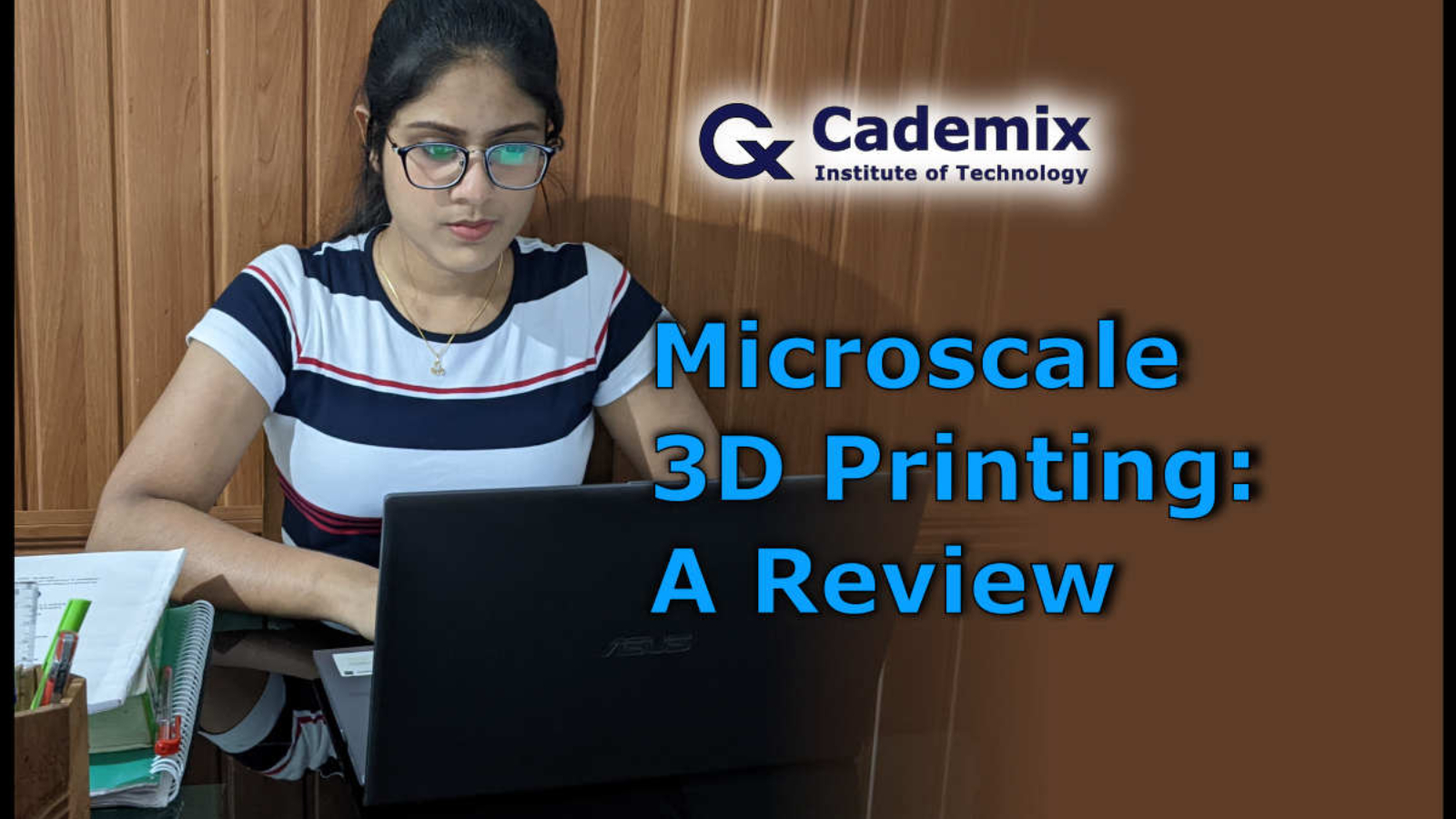Estimated Reading Time: 13 minutes Microscale 3D printing is the use of additive manufacturing techniques to create structures with features as small as a few microns. As the demand for device miniaturisation grows, so does the demand for microscale 3D printing. There are some traditional methods for microfabrication. However, 3D printing processes have been found as a viable way for achieving real 3D microproducts. There are several methods for microscale 3D printing. This article will highlight some of the most essential and effective microscale 3D printing methods. It includes scanning micro stereolithography, projection micro stereolithography, two photon polymerisation, laser induced forward transfer, microscale selective laser sintering, microscale inkjet 3D printing, and micro extrusion 3D printing. This review will also take a glance at some of the uses of microscale 3D printing in the electronics and medical sectors.
3D Rigging of Logos for Character Animation: Practical Steps
Estimated Reading Time: 8 minutes 3D rigging of logos for character animation is important and unique feature required for many brands. In this article we describe the steps, and analyze the details fr the Cademix logo. Further we describe the principles that improve both your rigging & modelling of a logo for animation.
By Onyinye Obiorah, Cademix Institute of Technology
Artificial Lights in Rendering Virtual Photo Realistic Scenes
Estimated Reading Time: 8 minutes 3D rendering allows us to render virtual scenes of realistic- photos. Rendering Virtual photo realistic Scenes goes beyond the well-known artificial renderings of decades past. In this article, we discuss various aspects of the topic with special examples. We show a scene of the Cademix virtual office.
By Shahrbanoo Rajabi, Cademix Institute of Technology.



